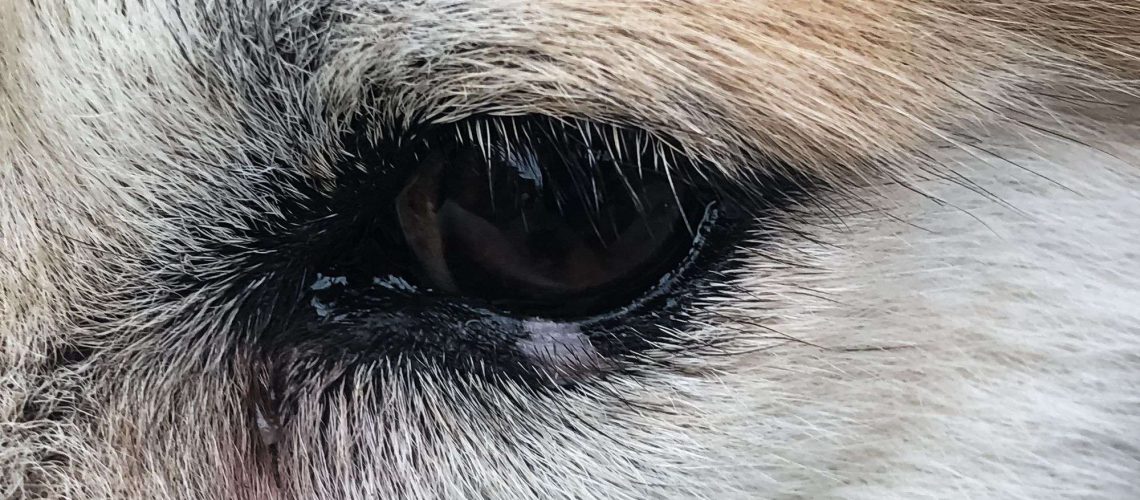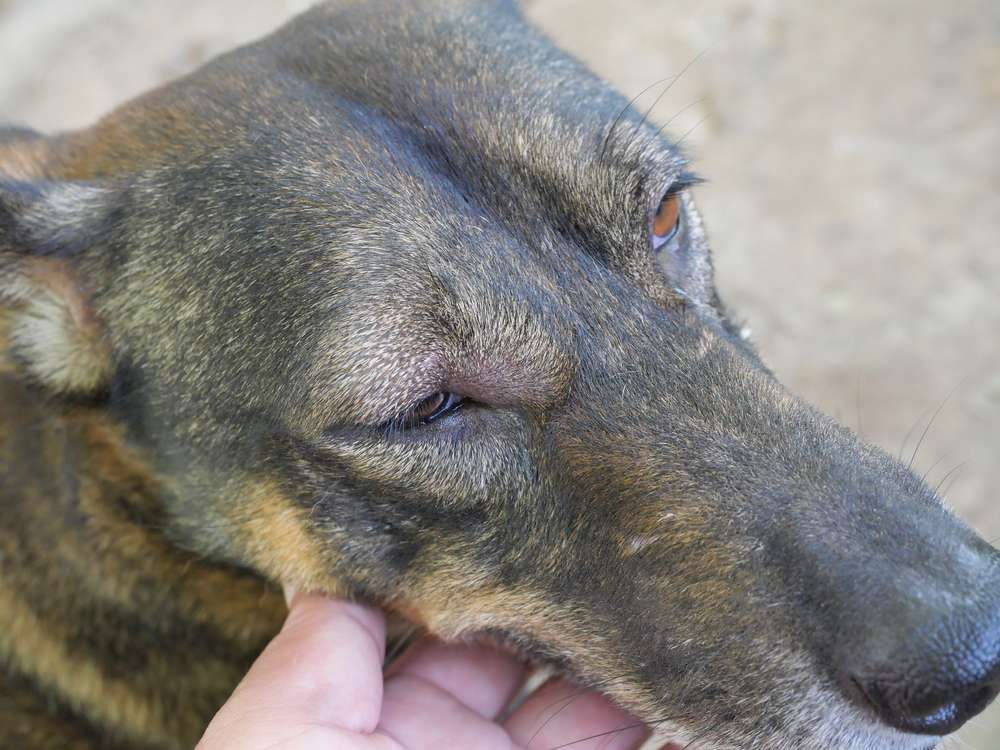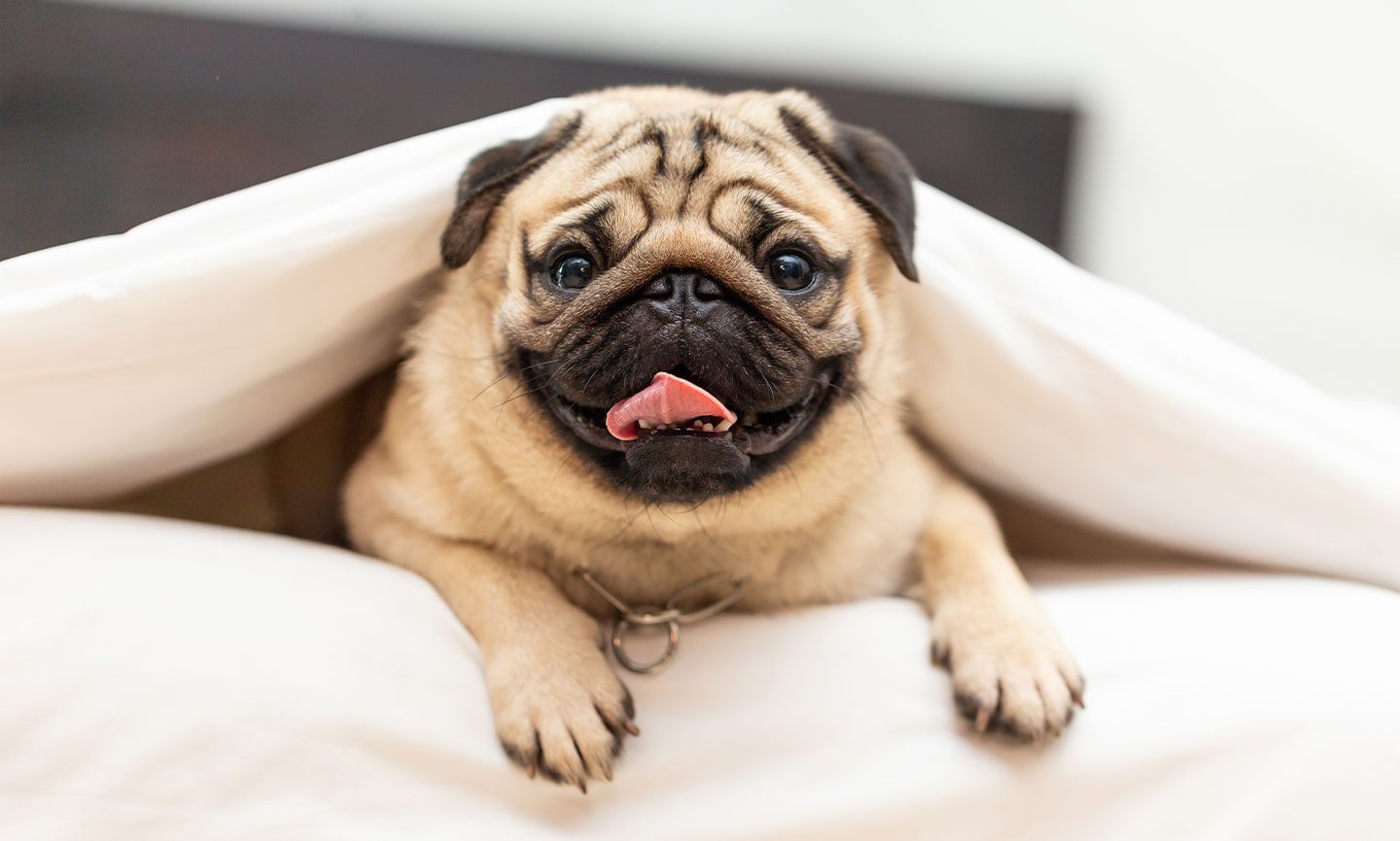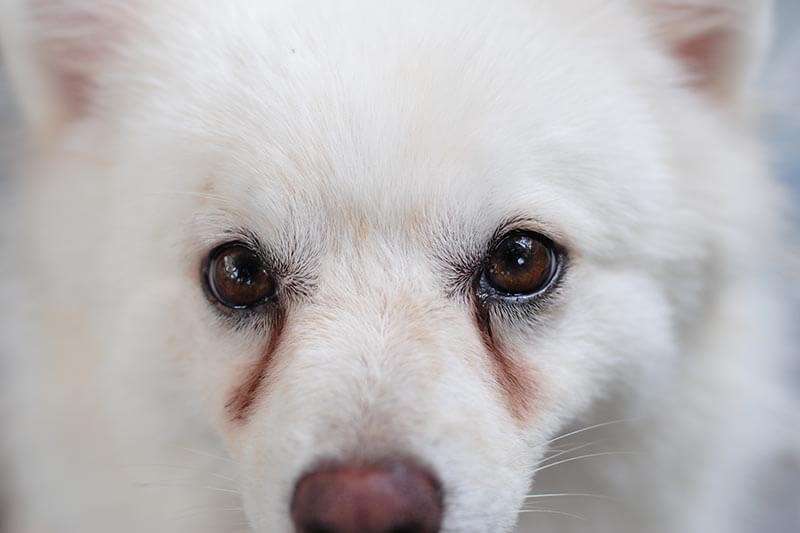Key Takeaways:
- Eye boogers in dogs are usually caused by excess tear production or eye irritation.
- Regularly cleaning your dog's eyes can help prevent the buildup of eye boogers and maintain good eye hygiene.
- If your dog has excessive eye discharge or eye boogers that are accompanied by redness, swelling, or discomfort, it may indicate an underlying health issue and should be checked by a veterinarian.
- Dogs with certain breeds, such as brachycephalic breeds (e.g., Bulldogs, Pugs), are more prone to eye boogers due to their facial structure.
- Keeping your dog's face clean, ensuring proper nutrition, and avoiding irritants can help minimize the occurrence of eye boogers in dogs.
Are you a dog lover? If so, you're probably familiar with those adorable furry creatures that can melt your heart with just one look. But have you ever noticed something peculiar in their eyes? Yes, we're talking about those little eye boogers that sometimes appear in the corners of their eyes. You might think they're just harmless and insignificant, but understanding eye boogers in dogs can actually provide valuable insights into their overall health and well-being. By delving into this topic, you'll not only gain a deeper appreciation for your furry friend but also be better equipped to take care of them. So, let's wipe away any confusion and explore the fascinating world of eye boogers in dogs together!
What are Eye Boogers in Dogs and Why Do They Happen?
Eye boogers, also known as eye discharge or tear stains, are a common occurrence in dogs. They are the crusty, gooey substance that can be found around a dog's eyes. These eye boogers can vary in color and consistency, ranging from clear and watery to thick and yellowish.
The main reason why dogs develop eye boogers is because of excessive tear production. Tears play an essential role in keeping the eyes lubricated and free from debris. However, when there is an overproduction of tears or if the tear ducts are blocked, the excess tears can accumulate around the eyes and form eye boogers.
Tear Production
Tears are produced by small glands located near the dog's eyes called lacrimal glands. These tears help keep the eyes moist and protect them from irritants such as dust or foreign particles.
Tear Duct Blockage
In some cases, a dog's tear ducts may become blocked due to various reasons such as genetics, infections, or injuries. When this happens, tears cannot drain properly and may build up around the eyes, leading to the formation of eye boogers.
Foreign Objects
Sometimes, eye boogers can also be caused by foreign objects getting into a dog's eyes. This could be anything from dust or pollen to tiny insects that irritate the eyes and trigger excessive tear production.
How Can Eye Boogers Affect a Dog's Vision and Eye Health?
Excessive eye boogers can have negative effects on a dog's vision and overall eye health if left untreated. The accumulation of eye boogers can cause discomfort and irritation to the eyes, leading to various issues.
Eye Irritation
When eye boogers are not cleaned regularly, they can harden and stick to the fur around the eyes. This can cause constant rubbing or scratching of the eyes, leading to further irritation and potential damage to the delicate tissues.
Eye Infections
The moist environment created by excessive eye boogers can provide a breeding ground for bacteria or yeast, increasing the risk of eye infections. These infections can cause redness, swelling, discharge, and even more serious complications if left untreated.
Vision Impairment
If eye boogers are not addressed promptly, they can obstruct a dog's vision. The accumulation of thick eye discharge may blur their vision or even block their field of view, making it difficult for them to see clearly.
Common Signs of Excessive Eye Boogers in Dogs
It is important for dog owners to be able to recognize the signs of excessive eye boogers in their pets. By identifying these signs early on, appropriate measures can be taken to address any underlying issues causing the excessive eye discharge.
Visible Crustiness or Discharge
The most obvious sign of excessive eye boogers is the presence of crusty or gooey discharge around a dog's eyes. This discharge may vary in color and consistency depending on the underlying cause.
Frequent Pawing or Rubbing at Eyes
Dogs with excessive eye boogers often exhibit increased pawing or rubbing at their eyes. This behavior indicates that they are experiencing discomfort or irritation caused by the eye discharge.
Redness or Swelling around the Eyes
In some cases, excessive eye boogers can cause redness or swelling around the eyes. This is a sign of inflammation and should be evaluated by a veterinarian to determine the underlying cause.
Simple Steps to Prevent or Reduce Eye Boogers in Dogs
There are several simple steps that dog owners can take to prevent or reduce the occurrence of eye boogers in their pets. These measures can help maintain good eye health and minimize discomfort for dogs.
Regular Eye Cleaning
One of the most important steps is to clean your dog's eyes regularly. Use a clean, damp cloth or specialized pet wipes to gently wipe away any eye discharge. Be careful not to touch the eyeball itself and avoid using harsh chemicals or irritants.
Trimming Facial Hair
Keeping the fur around your dog's eyes trimmed can also help prevent eye boogers. Long facial hair can easily trap debris and contribute to tear duct blockage, leading to increased tear production and eye discharge.
Diet and Hydration
A well-balanced diet with proper hydration is crucial for maintaining overall eye health in dogs. Ensure that your dog is receiving appropriate nutrition and access to fresh water at all times.
Are Certain Dog Breeds More Prone to Developing Eye Boogers?
While all dogs can develop eye boogers, certain breeds may be more prone to experiencing excessive eye discharge due to their specific physical characteristics.
Breed with Bulging Eyes
- Pug
- Boston Terrier
- Pekingese
- Bulldog breeds (English Bulldog, French Bulldog)
Breed with Long Facial Hair
- Shih Tzu
- Maltese
- Lhasa Apso
- Afghan Hound
Breed with Short Noses
- Pug
- Boston Terrier
- Bulldog breeds (English Bulldog, French Bulldog)
- Pekingese
When Should You Seek Veterinary Care for Your Dog's Excessive Eye Boogers?
In most cases, occasional eye boogers are normal and can be managed at home. However, there are situations where it is necessary to seek veterinary care for your dog's excessive eye discharge.
Persistent or Worsening Symptoms
If your dog's eye boogers persist for an extended period or if the symptoms worsen despite regular cleaning and preventive measures, it is advisable to consult a veterinarian. This could indicate an underlying infection or other health issues that require professional attention.
Changes in Behavior or Appetite
If you notice any changes in your dog's behavior, such as increased lethargy, loss of appetite, or unusual aggression when handling their eyes, it is important to seek veterinary care immediately. These behavioral changes may indicate a more serious underlying condition causing the excessive eye discharge.
Eye Injury or Trauma
If your dog has experienced any form of eye injury or trauma, such as a scratch or foreign object entering the eye, it is crucial to seek immediate veterinary care. Eye injuries can lead to severe complications if not treated promptly.
In conclusion, eye boogers in dogs are a common occurrence and usually not a cause for concern. However, if the eye boogers are excessive or accompanied by other symptoms, it is important to seek veterinary attention to ensure the dog's eye health and overall well-being.
When should I worry about my dogs eye boogers?
Eye problems can be extremely serious, and taking immediate action in the event of an eye emergency can help preserve a dog's vision. If you notice any sudden changes in the amount or consistency of your dog's eye discharge, as well as any squinting, swelling, or redness accompanying the discharge, please contact us immediately.
Are eye boogers in dogs concerning?
It is common for most dogs to have clear to whitish-grey eye discharge with a watery texture, which may contain some dust. However, it is important to note that the appearance of the discharge can change. If your dog's eye discharge appears more like pus, with a tendency to crust, it could indicate a more serious issue.
Why does my dog have a lot of eye boogers?
A dog's eye discharge may be due to a cornea injury. Conditions like keratitis, conjunctivitis, or dry eye can lead to the buildup of slimy green mucus in a dog's eye. Dogs may also experience excessive tearing due to abnormal lashes, glaucoma, or conjunctivitis infections.
Should I take my dog to the vet for eye boogers?
If your dog's eyes are red or if they seem uncomfortable by rubbing, squinting, blinking, or being sensitive to light, you should be concerned. If you notice an increase in eye discharge or any other worrying symptoms, it is important to schedule a veterinary appointment.
What does dog conjunctivitis look like?
The symptoms of conjunctivitis include discharge from the eyes that may be cloudy, yellow, or greenish, as well as squinting or blinking excessively, and redness or swelling around the eyes. Conjunctivitis typically affects both eyes, but in some cases, only one eye may be affected.
What are the symptoms of distemper in dogs?
When dogs are infected with the virus, their nervous system is affected and they exhibit behaviors such as circling, tilting their head, muscle twitches, convulsions with jaw movements and drooling, seizures, and either partial or total paralysis.

















